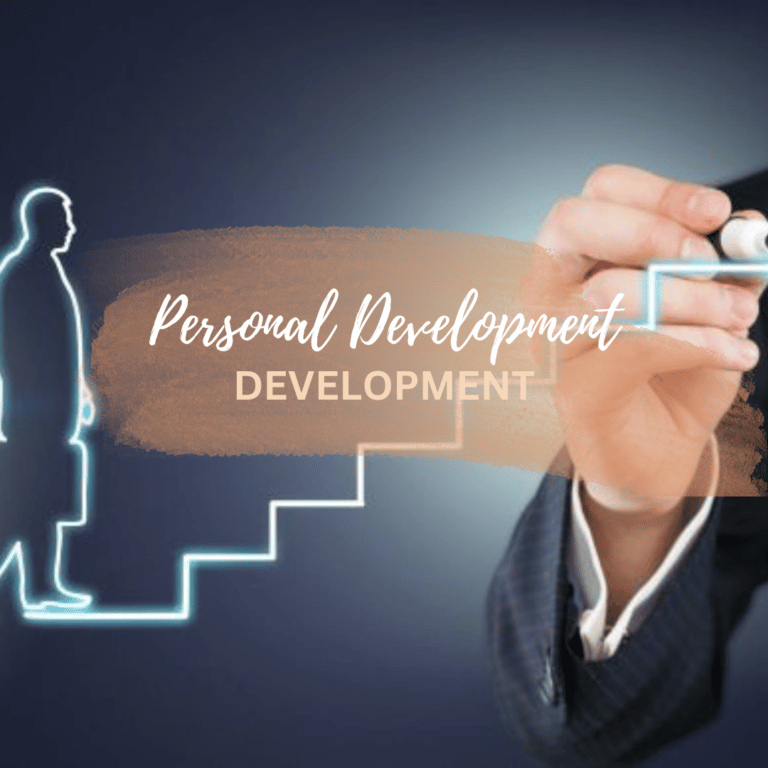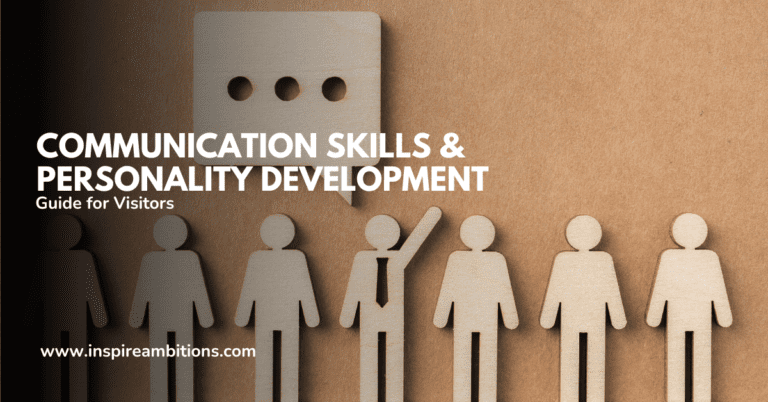Mastering Mindfulness – Unlocking Balance and Joy in Your Everyday Life
Mindfulness meditation for beginners can transform your mental health and offer substantial stress reduction benefits. Engaging in this practice can help you stay present, focused, and calm in today’s fast-paced world. It’s a straightforward way to improve your well-being and manage stress effectively.
In mindfulness meditation, you learn to pay attention to your breath and observe your thoughts without judgment. This simple technique is powerful and can be practised anywhere, making it accessible to everyone. Guided sessions, such as those offered by Headspace, are a great way to start.
To get started, find a comfortable position and begin by taking deep breaths. Relax your body and focus on your breathing. If your mind wanders, gently bring it back to your breath. This can be especially helpful for beginners looking to الحد من التوتر. Ready to try mindfulness meditation? Dive in and discover the calming effects for yourself.
Mindfulness Meditation for Beginners
Mindfulness meditation is an accessible way to cultivate awareness and connect with the present moment. This guide covers key aspects to help beginners get started with their practice.
Fundamentals of Mindfulness Meditation
Mindfulness meditation encourages you to focus on your breath and the present moment. With regular practice, you can enhance your awareness, reduce stress, and develop compassion for yourself and others.
Understanding Mindfulness
Mindfulness means paying attention in a particular way: on purpose, in the present moment, and non-judgmentally. This concept, highlighted by Jon Kabat-Zinn, forms the foundation of mindfulness meditation. It’s about observing your thoughts and feelings without getting caught up in them.
For beginners, the goal is to develop a gentle awareness of your mental and physical experiences. This awareness can help you respond rather than react to situations. Notice your breath, the sensations in your body, and your thoughts. By regularly practising mindfulness, you create a stable base of calm and centeredness.
Preparing for Meditation
Choose a quiet space where you can sit without interruption. Whether on a cushion, chair, or bench, ensure your seating is comfortable and allows you to sit upright with a stable posture. Comfort is key to maintaining focus without physical strain.
Begin by setting a specific time for your practice. Establishing a routine helps build consistency. Start with just a few minutes each day, gradually increasing the duration as you become more comfortable. Regularity in your practice reinforces the habit and deepens your experience over time.
Beginning Your Practice
Start by closing your eyes and taking a few deep breaths to relax. As you settle into a natural breathing rhythm, focus your attention on the sensation of the breath entering and leaving your body. When your mind wanders, gently redirect your attention back to your breath.
Use a timer to keep track of your session, preventing the distraction of constantly checking the time. Even a short, dedicated practice can be beneficial.
Aim for consistency to integrate mindfulness into your daily routine. Over time, you may notice an increased sense of calm and presence throughout your day.
For more detailed guides and specific practices, you can explore resources such as Meditation for Beginners و Mindfulness Meditation for Beginners.
Techniques and Tips for Beginners
Mindfulness meditation can be broken down into several simple practices. By focusing on your breath and body, managing distractions, and making mindfulness part of your daily life, you can reduce stress and enhance emotional well-being.
Breath Awareness and Body Scans
Starting with your breath, find a comfortable seated position, either on a chair or cushion. Close your eyes softly and take a few deep breaths. Slowly inhale for four seconds, hold for seven seconds, and then exhale for eight.
Pay attention to the rise and fall of your chest. Focus on how the air feels entering and leaving your nostrils to help calm your mind and body. This practice is often referred to as mindfulness of breath and serves as your focal point during meditation.
Body scans are another effective technique. Begin at the top of your head and move down to your toes, noticing any sensations. This exercise can highlight areas where you hold tension and encourage relaxation by systematically bringing awareness to different parts of your body.
Dealing with Distractions
Distractions are a common challenge. When your mind wanders, gently acknowledge it and return to your focal point—your breath or body sensations. This practice builds your mindfulness muscle over time.
Create a quiet, dedicated space for your meditation practice to minimize external distractions. You might also use guided meditations, which provide audio cues to help maintain focus.
Understand that experiencing thoughts and mind wandering is normal. The aim is not to eliminate distractions but to notice them without judgment and let them pass. For persistent distractions, you might benefit from a short walk or walking meditation before sitting down again.
Incorporating Mindfulness into Daily Life
Integrate mindfulness into everyday activities. When eating, take time to notice the textures and taste of your food. During conversations, try to listen without planning your following response, fully engaging with the other person.
Use daily tasks as an opportunity for mindfulness. For example, while brushing your teeth, pay attention to the sensations and movements. This practice helps you stay present and reduces التوتر والقلق.
In professional settings, take mindful breaks. A few minutes of breath awareness can help reset your focus and improve productivity. By embedding mindfulness into your routine, you promote a calmer, more aware state of mind, enhancing both your personal and professional life.






